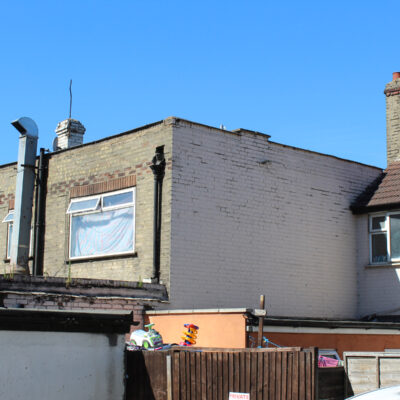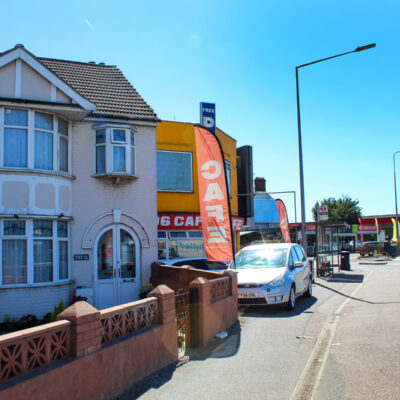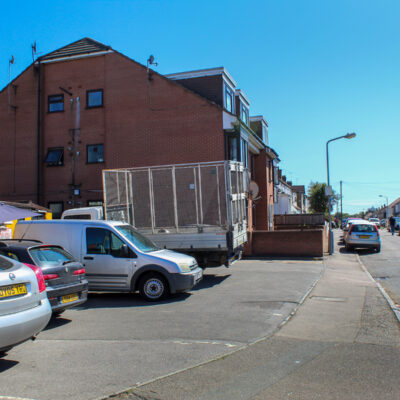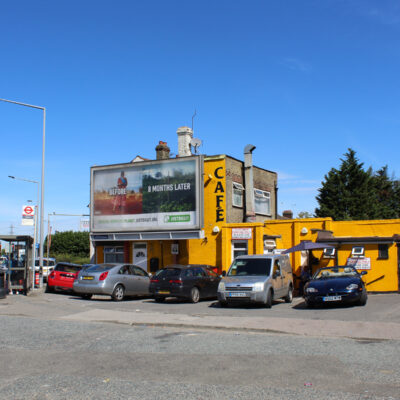Archaeological Desk-Based Assessment, Chingford, London

In Brief
Key Points
- The site is located within the Archaeological Priority Area (APA) associated with the River Lea and its tributaries (characterised as Landscape Zone 4.8 by the Lower Lea Valley Mapping Project)
- The site is located close to two medieval manorial sites: Chingford St. Paul’s and Chingford Earls
Summary
The site had moderate potential to encounter evidence for Prehistoric activity as it was located on the western edge of a low gravel terrace (characterised as Landscape Zone 4.8 by the Lower Lea Valley Mapping Project) close to the confluence of the Rivers Lea and Ching, indicating that there may have been slightly drier conditions in this area during the early prehistoric, potentially favourable to human activity. Finds of Palaeolithic and Mesolithic flints were also recorded in the wider locality.
It also had a moderate potential for encountering archaeological remains of medieval date reflective of its location close to two documented medieval manorial sites at Chingford St Paul’s (to the north) and Chingford Earls (to the west) with potential to reveal evidence of marginal occupation or cultivation features associated with these two sites.
The site had a low potential to encounter archaeological deposits and features of Romano-British and post-medieval date. During the Romano-British period, the site appears to have lain within a heavily alluviated semi-wetland environment with little evidence for intensive occupation nearby whilst the site remained as undeveloped pasture land throughout the post-medieval period, up to the mid-20th century when the site was finally developed and the existing premises built.
Results
The overall potential of the site in archaeological terms was assessed as Moderate with particular reference to the potential to encounter evidence of alluvial clay or peat deposits overlying the natural gravels, which could possibly contain waterlogged organic remains yielding valuable information regarding on past environmental changes and early habitation. However, extensive made ground deposits were identified in nearby archaeological and geotechnical investigations, well in excess of 1m below existing ground level.








